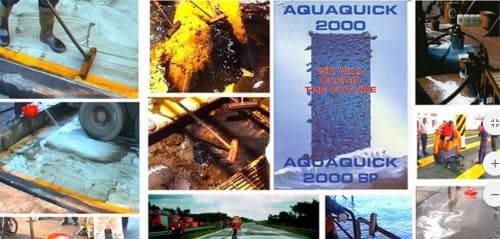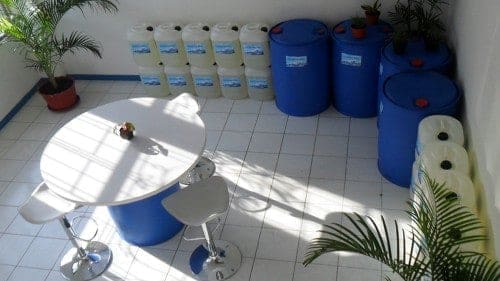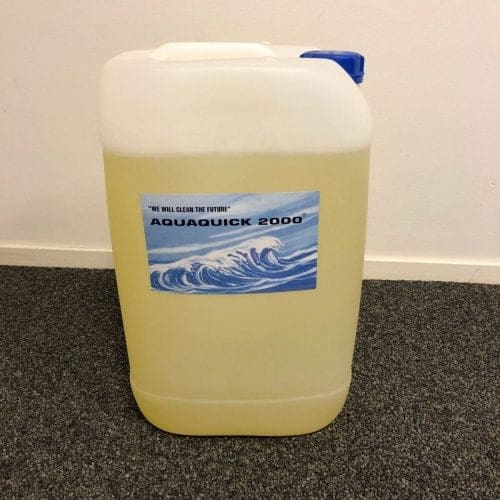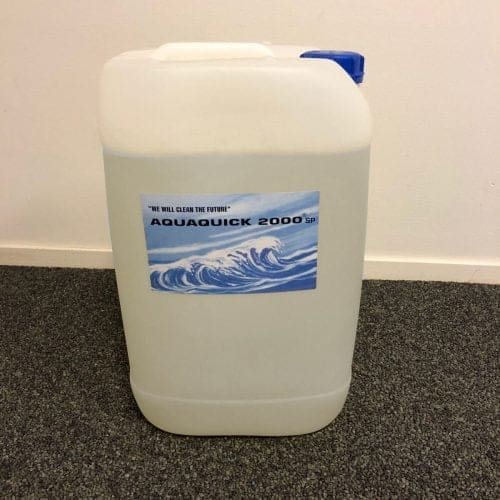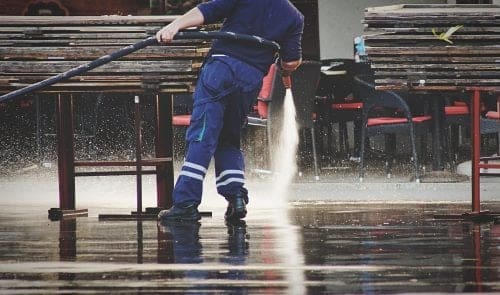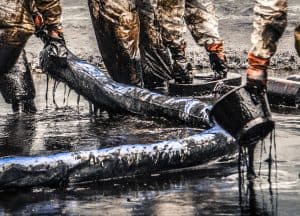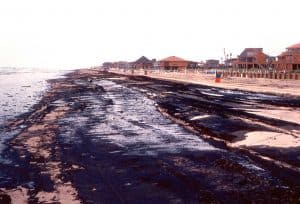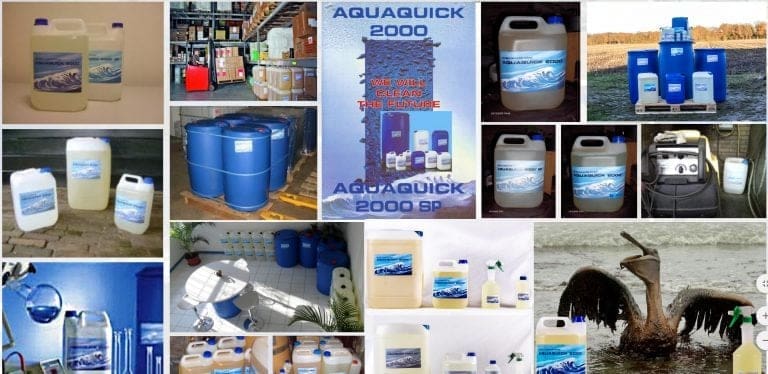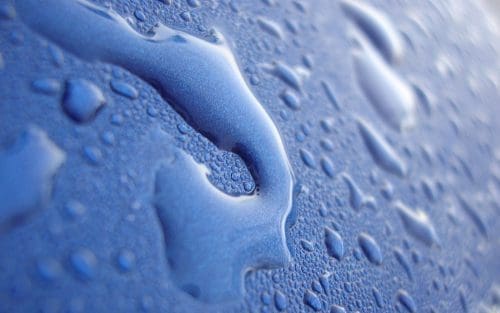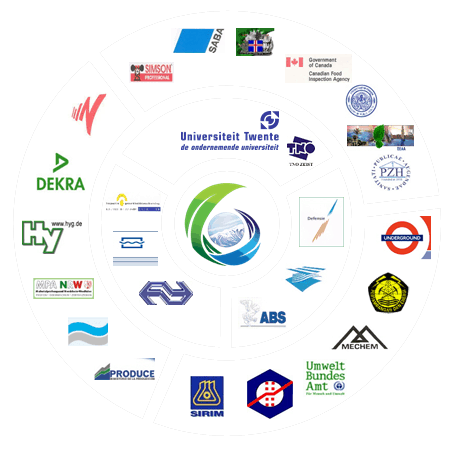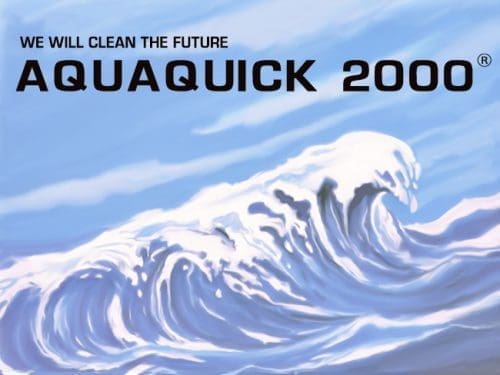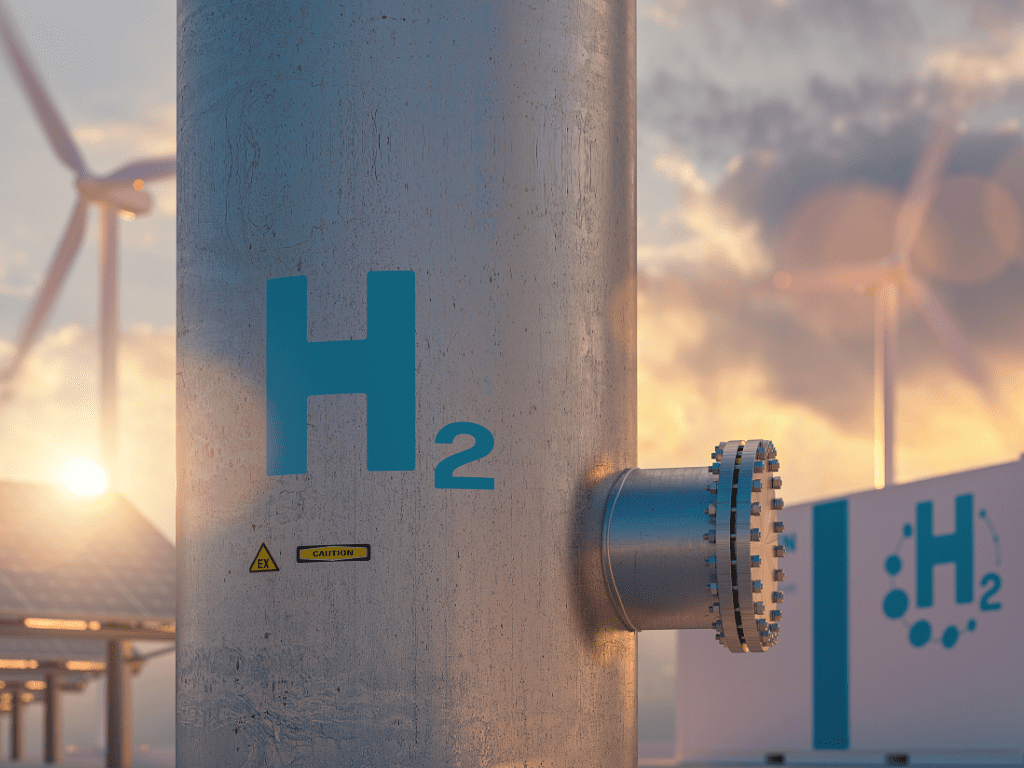Dobře udržované vozidlo funguje bez problémů a jedním z nejdůležitějších, ale často opomíjených úkonů je čištění palivové nádrže. V palivové nádrži se časem mohou hromadit nečistoty, rez a zbytky, což může vést k problémům s motorem, snížení spotřeby paliva a dalším problémům. V tomto článku vás seznámíme s důležitostí čištění palivové nádrže, s jednotlivými kroky a s tím, jak vám v tomto procesu může pomoci AQUAQUICK 2000.
Proč je čištění palivové nádrže nezbytné
Pravidelné čištění palivové nádrže má zásadní význam pro zachování dobrého stavu vozidla. Nečistoty uvnitř nádrže mohou ucpat palivové potrubí a vstřikovače a způsobit poruchy motoru. Časem mohou tyto nečistoty snížit účinnost vašeho vozidla, zvýšit spotřebu paliva a způsobit nákladné opravy.
Předcházení problémům s motorem
Znečištěná nádrž vede ke špatnému výkonu motoru. Když se do palivového potrubí dostanou nečistoty, mohou ucpat vstřikovače a filtry, což nutí motor k většímu výkonu. Tato zvýšená zátěž může mít za následek špatnou akceleraci, snížený výkon, a dokonce i zadření motoru.
Zlepšení palivové účinnosti
Udržování palivové nádrže v čistotě pomáhá zajistit plynulý průtok paliva do motoru, což zvyšuje jeho účinnost. Pravidelná údržba snižuje riziko smíchání nečistot s palivem, a tím podporuje lepší spalování a vyšší kilometrový výkon.
Příznaky, že je třeba vyčistit nádrž na plyn
Než se pustíte do čištění plynová nádrž, je nezbytné vědět, kdy je čas na čištění. Zde jsou některé běžné příznaky:
- Obtížné startování motoru
- Snížená účinnost paliva
- Podivné zvuky palivového čerpadla
- Prskající nebo zadrhávající motor
- Znečištěný palivový filtr
Pokud se u vás vyskytl některý z těchto problémů, je pravděpodobně čas vyčistit plynovou nádrž.
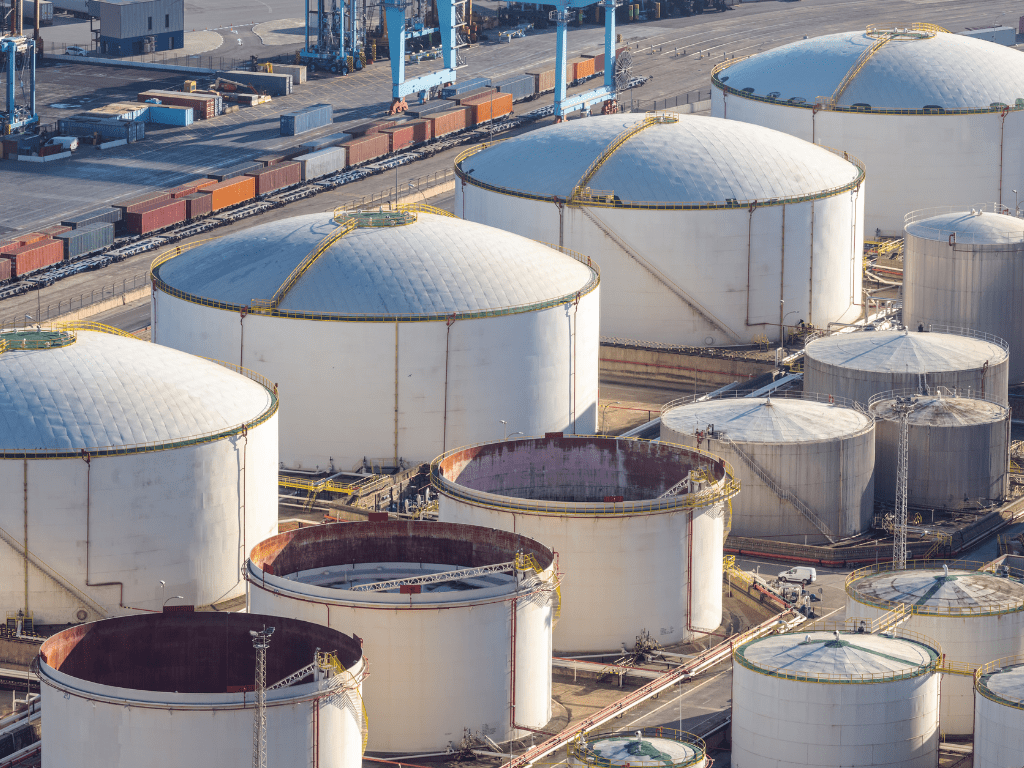
Kroky pro čištění plynové nádrže
Nyní, když víme, proč a kdy čistit, si projdeme kroky pro účinné čištění nádrže na plyn.
Krok 1: Vyprázdněte plynovou nádrž
Prvním krokem je bezpečné odstranění veškerého paliva z nádrže. To lze provést pomocí sifonového čerpadla. Ujistěte se, že vůz stojí na rovném povrchu a že pracujete v dobře větraném prostoru. Je také dobré odpojit záporný pól akumulátoru, aby nedošlo k jiskření.
Krok 2: Vyjmutí plynové nádrže
Po vypuštění paliva je třeba odpojit palivovou nádrž od vozidla. To obvykle zahrnuje odstranění několika šroubů a palivového potrubí. Konkrétní pokyny si nezapomeňte vyhledat v příručce k vozidlu.
Krok 3: Vyčištění vnitřku plynové nádrže
Po vyjmutí nádrže je třeba vyčistit její vnitřek. Nádrž nejprve opláchněte vodou, abyste odstranili veškeré volné nečistoty. Poté nádrž naplňte čisticím roztokem určeným pro palivové nádrže. AQUAQUICK 2000 je pro tento krok vynikající volbou, protože je šetrný k životnímu prostředí a účinně rozkládá nečistoty, jako je rez a špína.
Roztok nechte chvíli v nádrži, aby se uvolnily všechny zbývající nečistoty. Po namočení vydrhněte vnitřek kartáčem nebo čisticím nástrojem a věnujte zvláštní pozornost rezavým místům. Nádrž důkladně vypláchněte vodou, abyste odstranili veškerý čisticí roztok.
Krok 4: Kontrola a čištění palivového potrubí a filtrů
Během vysychání palivové nádrže využijte této příležitosti ke kontrole palivového potrubí a filtrů. Případné ucpávky nebo nečistoty je třeba odstranit, aby byl zajištěn plynulý průtok paliva. Výměna palivový filtr se doporučuje také po vyčištění plynové nádrže.
Krok 5: Opětovná instalace plynové nádrže
Jakmile je nádrž zcela suchá, namontujte ji zpět do vozidla a ujistěte se, že jsou všechna palivová potrubí a spoje zajištěny. Doplňte nádrž čerstvým, čistým palivem a znovu připojte baterii.
Jak často byste měli čistit nádrž na plyn?
Neexistuje žádné univerzální pravidlo, jak často byste měli nádrž čistit, ale je dobré ji čistit každých několik let, zejména pokud často jezdíte nebo vozidlo delší dobu skladujete. Pravidelné čištění pomáhá předcházet hromadění nečistot a prodlužuje životnost motoru vašeho vozidla.
Výhody používání AQUAQUICK 2000
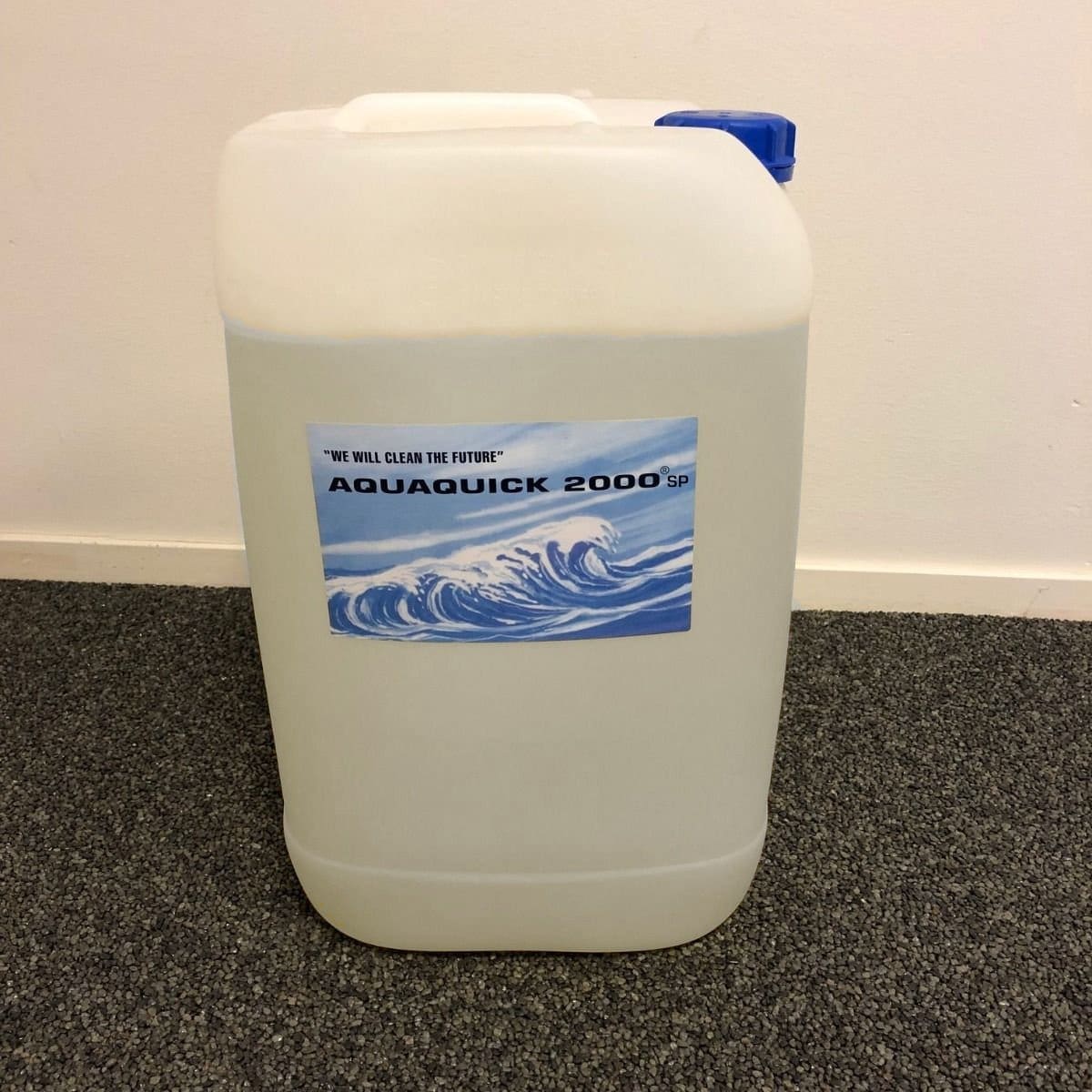
I když je k dispozici několik čisticích prostředků na čištění nádrže na plyn, AQUAQUICK 2000 vyniká hned z několika důvodů.
Ekologicky šetrná formule
AQUAQUICK 2000 je ekologicky bezpečný čisticí prostředek, což znamená, že při použití nebo likvidaci nepoškozuje životní prostředí. Díky své biologické odbouratelnosti je vynikající volbou pro ty, kterým záleží na udržitelnosti.
Silný čisticí účinek
Tento výrobek účinně odstraňuje rez, kaly a další nečistoty z vnitřku nádrže a zajišťuje důkladné vyčištění. Jeho složení působí rychle, čímž zkracuje dobu potřebnou k vyčištění nádrže, aniž by to bylo na úkor účinnosti.
Všestrannost
Přístroj AQUAQUICK 2000 není určen pouze k čištění nádrží na plyn - lze jej použít i k řadě dalších čisticích úkolů, včetně čištění rozlitého oleje a odmašťování strojů. Díky své víceúčelovosti je nezbytnou součástí výbavy každého automobilového nadšence nebo mechanika.
Tipy pro udržování čisté nádrže na plyn
Čištění nádrže je nezbytné, ale prevence je vždy lepší než léčba. Zde je několik tipů, jak udržet nádrž na plyn v nejlepší kondici:
- Používejte vysoce kvalitní palivo: Levný benzín může obsahovat nečistoty, které vedou k usazování v nádrži.
- Pravidelně vyměňujte palivový filtr: Ucpaný filtr může vést ke znečištění paliva a snížení výkonu motoru.
- Udržujte nádrž naplněnou: Pokud je nádrž z větší části prázdná, může se v ní hromadit vlhkost, která vede ke korozi.
- Vozidlo správně skladujte: Pokud vozidlo skladujete delší dobu, ujistěte se, že je palivová nádrž plná, aby se do ní nedostal vzduch a vlhkost.
Závěr
Čištění palivové nádrže je důležitou součástí údržby vozidla, kterou byste neměli opomíjet. Zajistí hladký chod motoru, zabrání nákladným opravám a zvýší spotřebu paliva. Dodržování kroků popsaných v tomto průvodci vám pomůže udržet nádrž v optimálním stavu a použití ekologického přípravku, jako je AQUAQUICK 2000, může tento proces ještě zefektivnit. Ať už jste automobilový nadšenec, nebo jen chcete prodloužit životnost svého vozidla, pravidelné čištění palivové nádrže je pro udržení špičkového výkonu nezbytné.

